Sansevieria - Need Advice
Bluebell66
4 years ago
Featured Answer
Comments (12)
Bluebell66
4 years agoRelated Discussions
Sansevieria trifasciata Futura? (ID Needed)
Comments (1)Hi again Planto, I responded on the Sans thread, but pls. give folks a chance to respond, before re-posting same thread on different forum (a practice discouraged here). It's been less than 2 hrs. since the other post, pls. allow a day or 2 (at least). It's holidays, not everybody is online, pls. allow folks a bit of a chance to respond....See Moresansevieria ID needed.
Comments (5)What it looks like to me is S. ehrenbergii but there are others that look the same to me. I am making this guess on the basis of the way it grows at the base of the plant. S. robusta grows the same way, and so does S. powellii so really its just a guess, it would depend on a lot of measurements, and channel. Tip measurment as well. Measurments must be taken, and flower examined carefully. What does the skin feel like. Sandpaper? Norma...See MoreUnknown Sansevieria needs identification, please, please, please
Comments (10)Hi Esther, No offset on mine yet. I am hoping it will make one this summer. There is a small plant in the pot too, but it is a completely separate plant. This one will keep making more leaves for years and eventually trail . It would be good in a hanging basket. It needs to be out of the way though, I don't want to bump into it!...See MoreSansevieria Newbie needing help identifying two species.
Comments (8)Seems like a good idea but it's from the central growing section and with or without a bloom stock, the center is no longer a growing point. Some times the central area rots due to water in the crown and the same thing happens to the whole plant. If strong enough, it still produces pups all around it. This method is used by growers to produce more plants thru pupping. I think they use a soldering gun to kill the central growing point. Same with euphorbia to induce branching....See MoreBluebell66
4 years agoSei Ren
4 years agotapla (mid-Michigan, USDA z5b-6a)
4 years agolast modified: 4 years agoSei Ren
4 years agotapla (mid-Michigan, USDA z5b-6a)
4 years agoSei Ren
4 years ago
Related Stories

HOUSEPLANTSMother-in-Law's Tongue: Surprisingly Easy to Please
This low-maintenance, high-impact houseplant fits in with any design and can clear the air, too
Full Story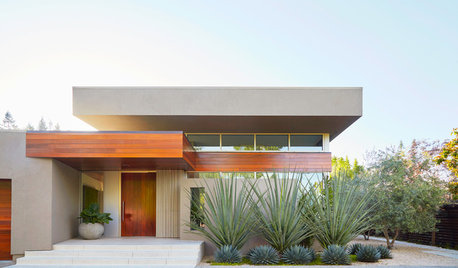
LANDSCAPE DESIGN6 Bold and Beautiful Design Strategies for Low-Water Landscapes
Landscape designer Daniel Nolan shares his ideas for bringing high style to dry gardens
Full Story
HOUSEPLANTS8 Houseplants You Can't Kill
They're forgiving and let you forget. Houseplants don't get any easier than this
Full Story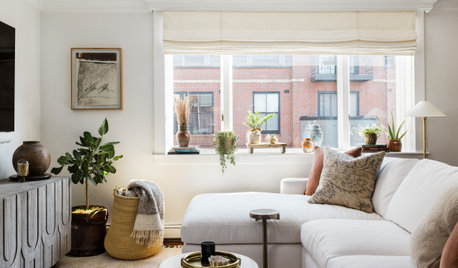
WINTER GARDENING8 Tips for Keeping Your Houseplants Healthy in Winter
Reduce watering, stop fertilizing, move them into the light and more
Full Story
GARDENING GUIDESCommon Myths That May Be Hurting Your Garden
Discover the truth about fertilizer, soil, staking and more to keep your plants healthy and happy
Full Story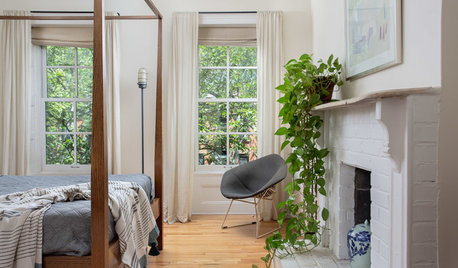
HOUSEPLANTSHigh-Impact Houseplants for First-Timers
These easygoing houseplants will forgive and forget if you skip a weekly watering
Full Story
HOUSEPLANTS10 Top Plants to Grow Indoors
Brighten a room and clean the air with a houseplant that cascades artfully, stretches toward the ceiling or looks great on a wall
Full Story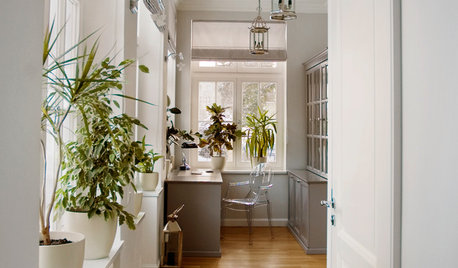
HOUSEPLANTSHow to Create an Indoor Landscape
Apply principles and elements of design to help your indoor garden flourish
Full Story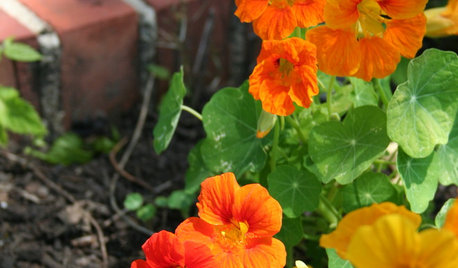
GARDENING GUIDESDon’t Let These Excuses Keep You From Gardening
Stop blaming your lack of experience, space, time and funds, and get on with the joy of garden making
Full Story
GREENBotanical Green, Meant to Be Seen
Learn how to cultivate this vibrant yet restful color in your home, using its hues to set the mood for any space
Full Story







socks